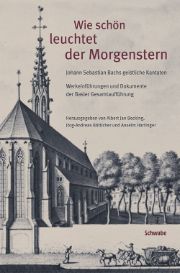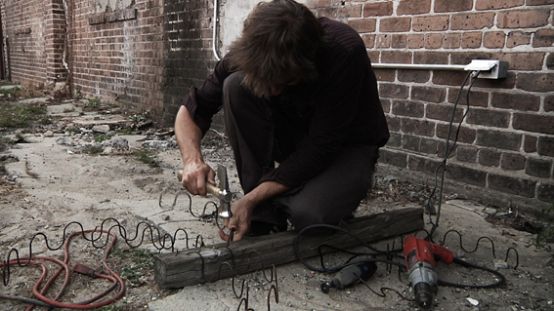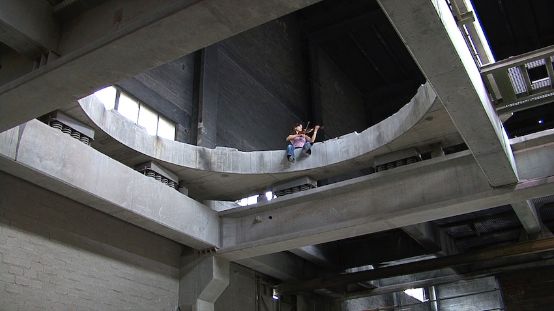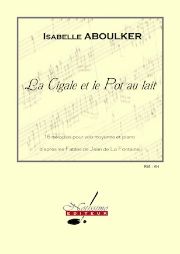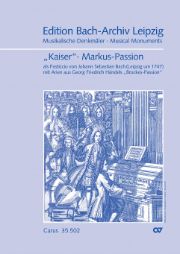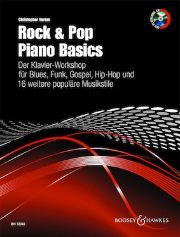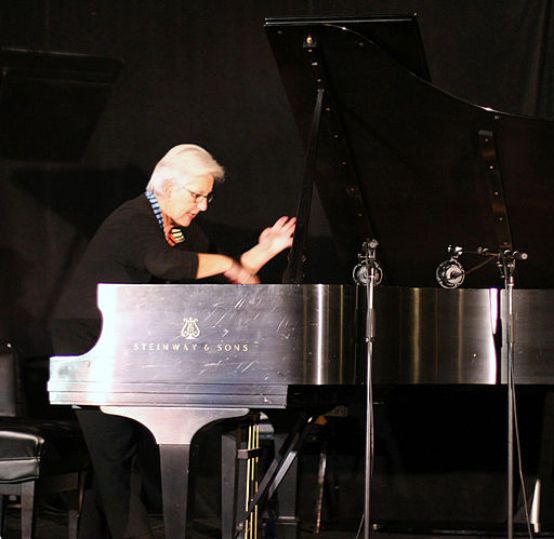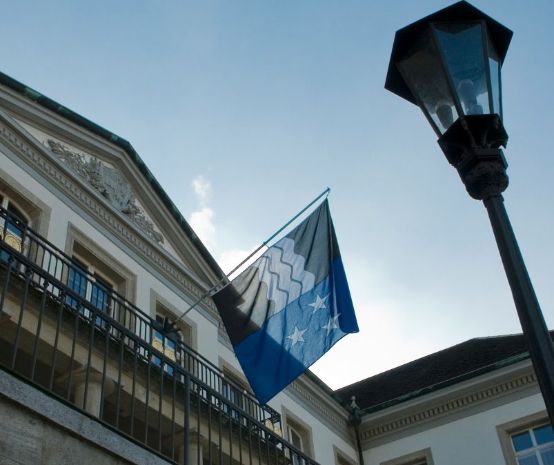The Swiss Society for Theater Culture awards the Hans Reinhart Ring 2013 to the actress and singer Yvette Théraulaz. The highest award for theater professionals in Switzerland has been presented by the Swiss Society for Theater Culture SGTK since 1957.
Yvette Théraulaz is being honored "for the creative originality of her passionate and sensitive acting". For over 50 years, the actress has shaped the theater scene in French-speaking Switzerland - both institutional and independent - and extended its sphere of influence to the stages of France and Belgium through plays in those countries.
Parallel to her theater career, Yvette Théraulaz has staged numerous song performances, in pairs for "À table" with Pascal Auberson (1996), in a group for "Perdants magnifiques" directed by Anne-Marie Delbart (2000) and more than ten times alone, such as for the performance "Histoires d'Elles", which is entirely dedicated to the memories of her mother and her own emancipation through feminism (2007).
The official award ceremony for the Hans Reinhart Ring 2013 will take place in the fall. The time and place of the award ceremony will be determined at a later date.







